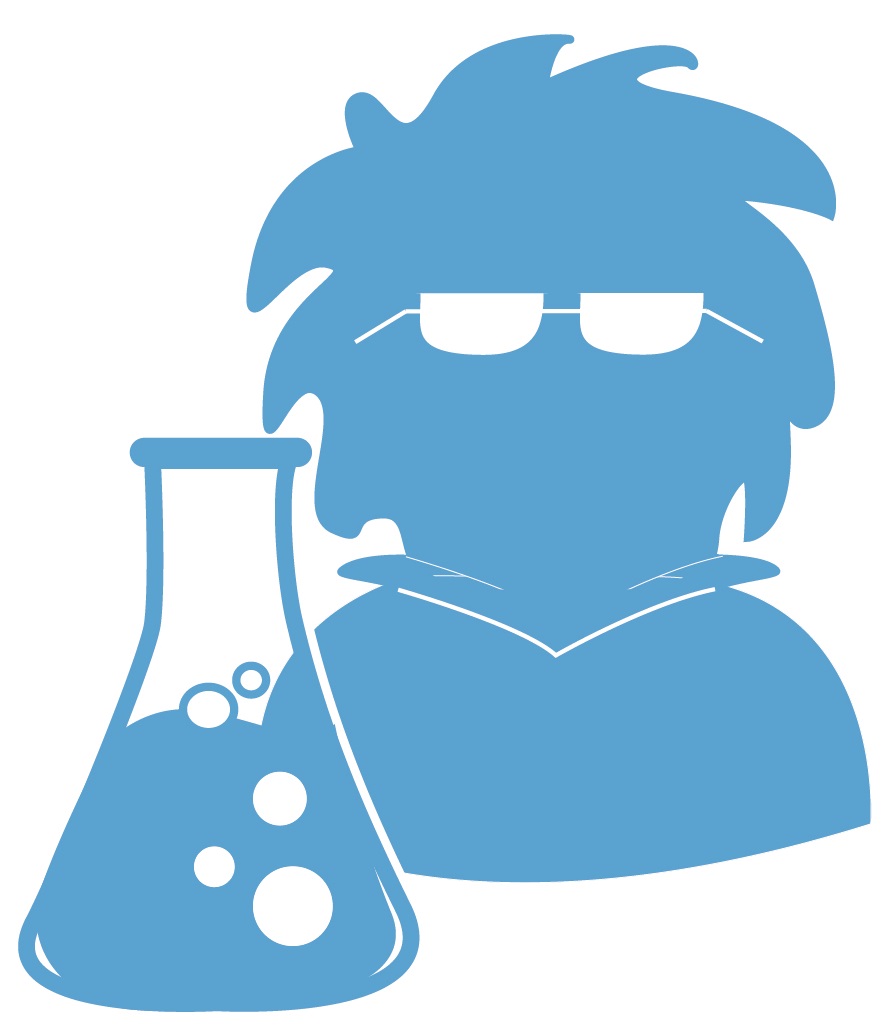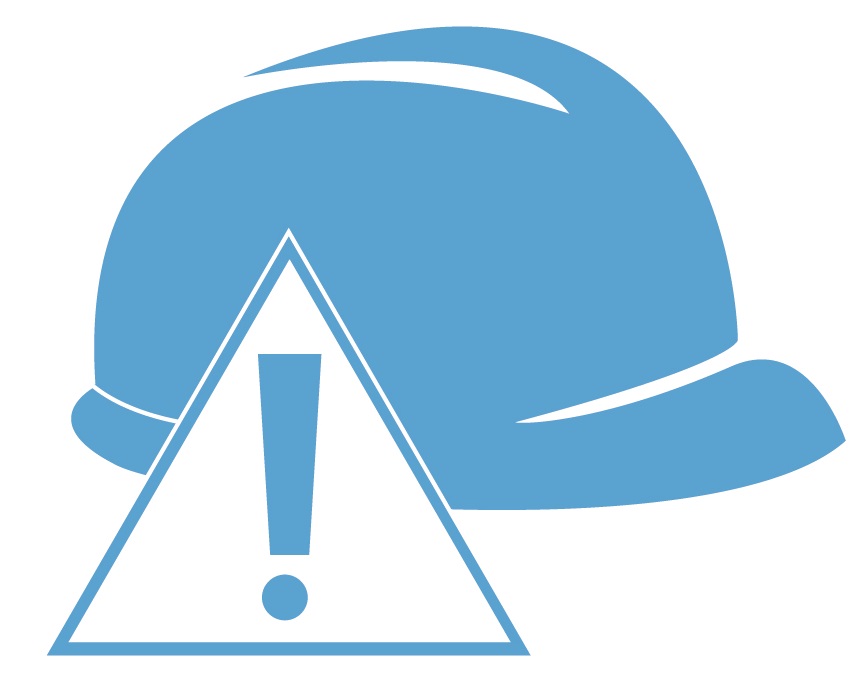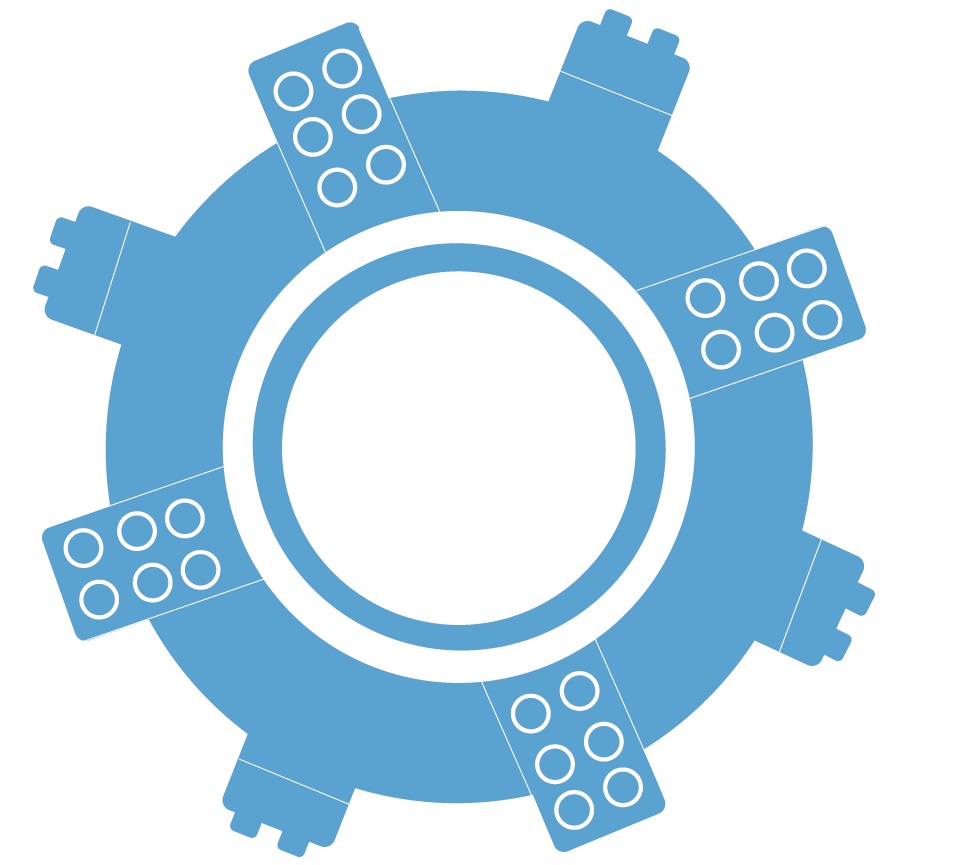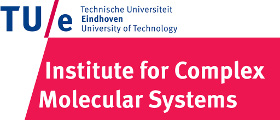Team:TU-Eindhoven/LabSafety
From 2013.igem.org



Contents |
Lab Safety
The Chemical Biology TU/e lab where we carried out our lab work is an ML-II lab and as such it must follow certain guidelines to minimize the risk of escape or spread of the GMO's. Furthermore, all work performed on GMO's is done under permit GGO 03-121.
Our project makes use of biosafety level 1 organisms (BL1), and as such, our project is harmless to researchers. We use Escherichia coli organisms, which are non-infectious and non-pathogenic.
Researchers Safety

All researchers working at the labs of the Biomedical Engineering and Chemical Engineering faculties from TU/e must register and sign an agreement before start working at the Chemical Biology TU/e lab. Our iGEM team was no exception,thus we also had to register at both faculties and sign an agreement before working at the lab. Information documents were distributed to the lab team, these documents made emphasis on the safety guidelines of the bio-lab. Aside from reading the documents that stated the rules and guidelines of the lab,and accepting following them at all times, the team was required to attend a guided tour at the lab. Complying with the safety guidelines while working at the lab ensures the safety of the researchers when working with bacteria, Escherichia coli in our case. All our activities at the lab were always supervised by experienced advisors.
Guidelines and Regulations
The list below describes the rules that are valid in the Laboratory of Chemical Biology at TU/e. Everyone is expected to follow these rules, failure to do so can result in a prohibition of access to the lab.

Bio safety rules
- Keep windows and doors shut.
- Keep everything clean and tidy, make sure enough disinfectant is present.
- Always wear a marked and closed lab coat, which is not permitted outside the lab. The lab coats have to be sterilized by autoclaving before sending it to the laundry.
- Don’t wear any watches or jewelry, or keep them covered by gloves or lab coat. Bags, laptops etc. are not allowed and can be stored outside the lab in lockers.
- Avoid any contact between your hands and your face. Don’t eat, drink or smoke inside the laboratory. Storing food or drinks is also not allowed.
- Avoid formation of aerosols. Mix and centrifuge in closed tubes. The use of a needle is allowed only when no other method is available.
- Pipetting with the mouth is not allowed; use the available equipment (pipette boy or pipette bulb).
- Always disinfect your working space before and at the end of your activities.
- After a contamination of your working space (e.g. when you spill any biological material) disinfect the working space.
- After working with biological agents and when leaving the laboratory, always wash your hands with water and soap.
- All re-usable materials that were in contact with biological materials have to be sterilized before being washed or discarded.
- Solid biological material is gathered in the red biohazard bags, transferred in blue containers and disposed off as special garbage. Liquid biological waste has to be autoclaved before it can be discarded.
- All accidents and spills, and all activities with GMO’s or human material have to be reported in the appropriate logbook.
Know what you are doing. If you are not certain, ask!
As part of the safety implementations in the Chemical Biology lab at TU/e there is a list of Do's and Dont's. This list was made with the intention of keeping the lab a place where everyone can work sefely and pleasantly. Below you can find the Do's and Dont's list.
Do's and Don'ts
- Read the bio safety rules, and handle accordingly.
- Always wear a lab coat and close it.
- Always use the main entrance door.
- Keep all emergency doors free.
- Register for equipment at the calendar next to it.
- Put everything back where it belongs after use.
- Clean up after yourself. Cleaning your workspace is also part of your experiments. Special attention for:
- (Micro) balances, clean after every use, so that you don’t expose your fellow researchers to substances of which they don’t know what it is.
- Erlenmeyer’s with medium waste in the safety cabinets in the cell lab, empty after every use and put a new sumotox tablet in the flask and return it to its place.
- Put biological contaminated glassware in the autoclave box and autoclave when the bottom is full.
- Turn dishwasher on when it’s full and empty it when it’s finished.
- Throw away packaging material from arrived chemicals, disposables etc.
- Refill disposables like pipettes, pipette tips, tubes, tissues etc when you (almost) finish them, so that the person after you can start working immediately.
- When the blue “hospital” containers with biologic waste are full, disinfect them and dispose them by bringing it downstairs and fill in the form at website from the BBC for renewing them.
- When chemical trashcans on the lab are full, empty them in the “wisseldrum”. When the “wisseldrum” is full, dispose of it by bringing it downstairs and fill in the form at website from the BBC for renewing them.
- Label all material carefully (name, date, what’s in it), either in the fume hoods, lab tables, fridges or freezers.
- Tell Peggy when some stock is ALMOST finished, so that it can be renewed in time.
- Send a copy of the order to Peggy, if you order something yourself.
- Contact Peggy de Graaf and inform her about which (new) chemicals arrive in the lab and their whereabouts. This holds also true for all personal chemicals.
- And last but not least: Ask!
Check out the complete Chemical Biology Laboratory at TU/e guidelines and the permit for working with GMO's: Download here the safety guidelines that concerns the Chemical Biology TU/e lab. Download here a copy of the permit GGO 03-121.
Biosafety Group
The biosafety group of our lab consists of two staff members of the university. They evaluate all project proposals for work to be done at the lab and assess the safety issues. Our presence at the lab was registered and we were not allowed to work in the lab without the presence of a supervisor. Our project proposal got a green light, because our transformations are in principle not harmful for humans.
Biobricks

 "
"



